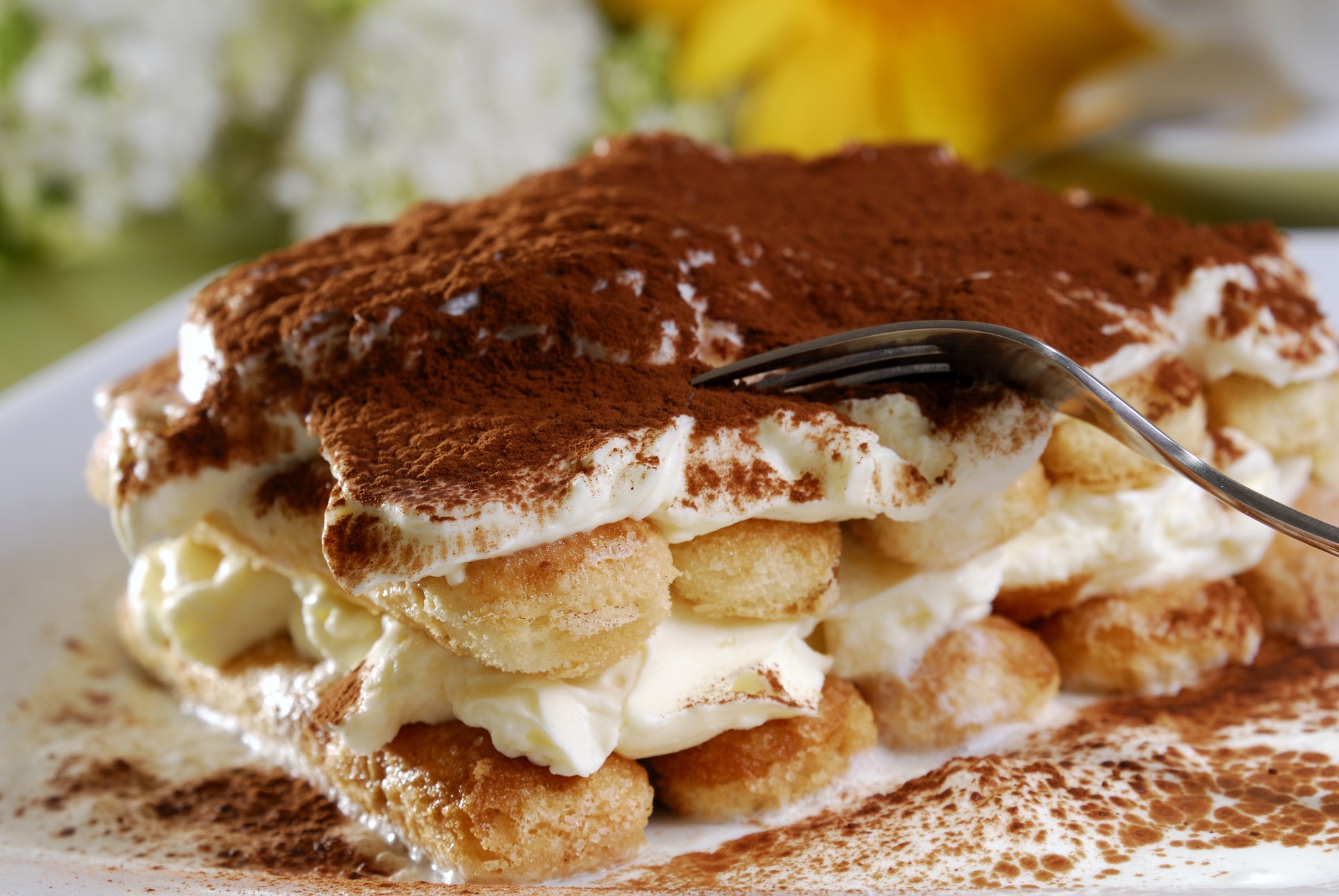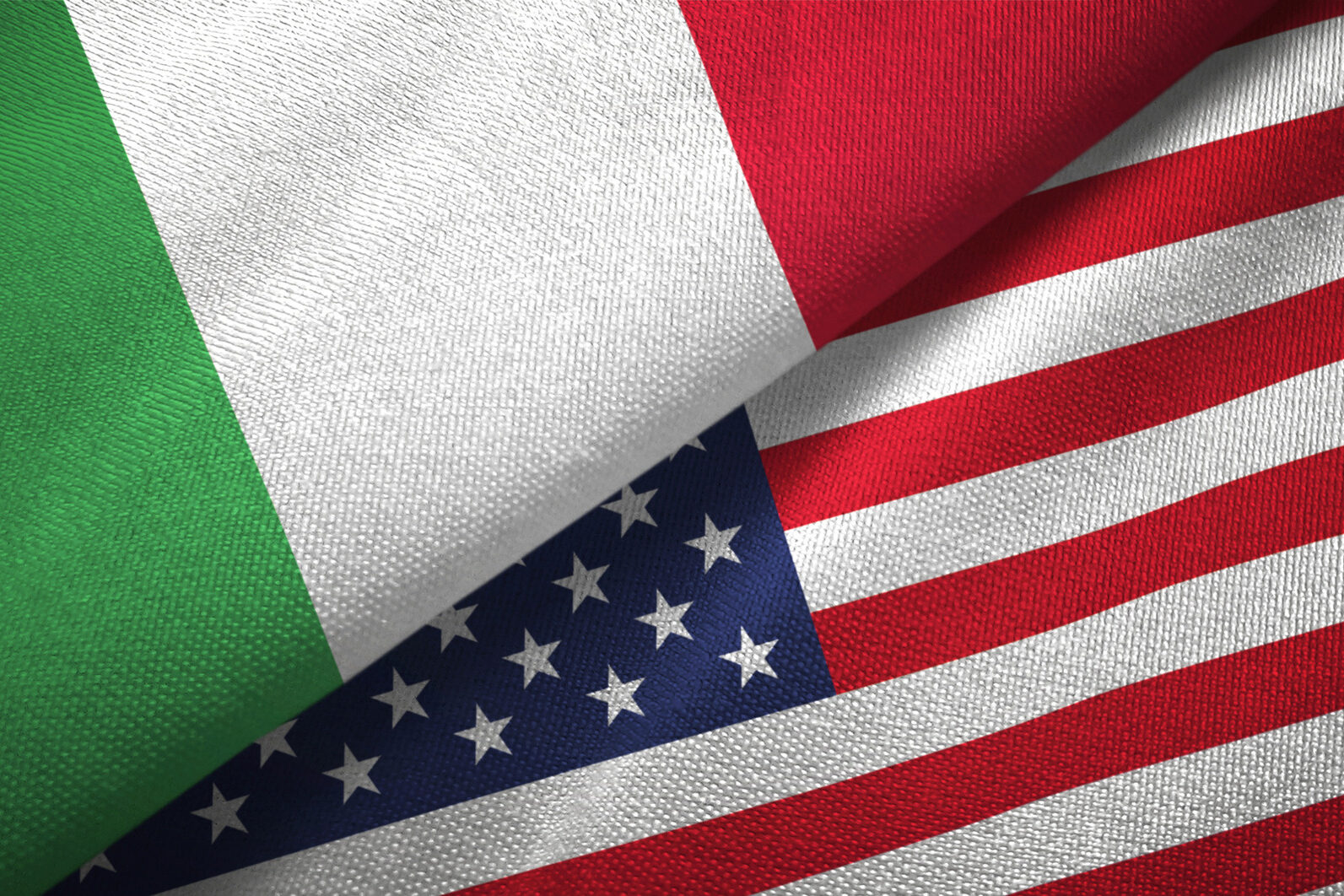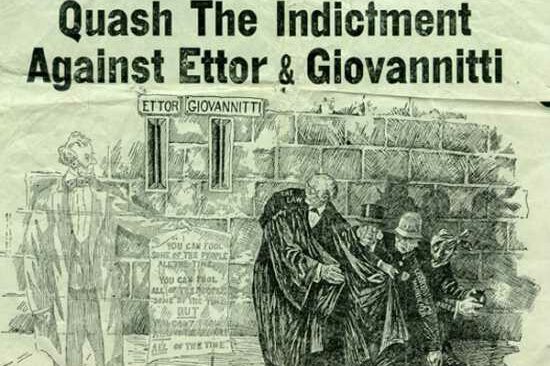Dear Readers,
January is a month when we can all use a little “pick me up,” so I thought I would reprint my original column on tiramisù!
As 2023 begins, my little corner of the world, the Italian Connection column (est. 1977) has been comfortably ensconced in the pages of L’Italo-Americano for over 45 years. I have spotlighted subjects from A to Z (Alberobello to Zambaglione), but the column that has generated the most mail and reprint requests since it first appeared in 1999, is the one I wrote about tiramisù. So, here we go again!
***
” Dear Italian Connection,
What exactly is this “tiramisù” dessert I’ve been finding on restaurant menus lately? Where did it originate? I’ve looked in a dozen cookbooks and it is nowhere to be found.
M.R.
“Cara M.R.,
“I know all about tiramisù because in 1992 I had the pleasure of meeting Mario Trecco’s (editor in 1999) sister Idelma and her husband Vittorio Tortella in San Francisco. They told me that they owned a pastry shop and a bar in Pescatina (Verona). I asked Idelma what was the specialty of the house, and she said tiramisù.
“As I wanted to know what it was, she told me that Vittorio, her husband, who is the pasticciere (pastry baker) of the house, knew the whole, true story. And so he began: ‘The first tiramisù was made quite by accident. A group of businessmen concluded a long day by having dinner in the restaurant of Hotel Carletto, in Treviso, some 20 miles north of Venice. I knew the chef of that restaurant, he was also a good pastry baker. At the end of the dinner, the group of men told the chef, Now we need a nice dessert to pick us up! (The Italian words used were per tirarci su). The chef did not have any read made-dessert, but he said, I’ll prepare something for you in no time. He put together some mascarpone (a kind of butter-like ricotta), egg yolks and sugar. He inserted some savoiardi cookies (lady fingers) soaked in a coffee liqueur of low alcoholic content and he served it in a cup, after spraying some whipped cream on top, together with a sprinkle of cocoa powder. Before long, the tasty treat was replicated across Italy.’
“American food editors who had visited Venice were excitedly telling their American readers about their latest Italian dessert discovery, tiramisù, describing it as a ‘simple-to-make luxurious Italian dessert, consisting of layers of mascarpone cheese and lady fingers delicately soaked in espresso, with a hint of Marsala or liqueur.’ Upscale Italian restaurants from the Atlantic to the Pacific suddenly sprouted tiramisù versions for their menus. Unfortunately, some efforts were more “’et me down’ than ‘pick me up.’ But practice makes perfect, and some local versions of tiramisù are really quite lovely.
***
Further down in my answer to M.R., I said: “ The reason you cannot find a good tiramisù recipe in most cookbooks is that it is not an old Italian specialty with a long heritage, but a relatively new one, inspired by a tired customer and a pastry baker and his wife in Treviso, who were simply doing their best to provide good, old-fashioned customer service.
“And since you won’t find it in the older cookbooks here is a recipe for tiramisù that I cut off a packet of lady finger biscuits. You can substitute soft cream cheese or ricotta for the mascarpone cheese if you can’t find it easily, but the quality will suffer. Add a little liqueur to this, if you like:
“Tiramisù (makes 4 to 6 servings)
- 7 oz champagne biscuits or lady fingers (I suggest you use a packet of Matilde Vicenzi’s champagne lady finger biscuits, but any variety will do!)
- 7 oz mascarpone cheese
- 2 oz sugar
- 1 cup of espresso or very strong black coffee
- Cocoa for dusting
“Separate the eggs and beat the egg yolks and the sugar together into a smooth creamy consistency. Add the mascarpone cheese and fold in the stiffly beaten egg whites. Soak the lady fingers in the coffee. Line the bottom of an oblong mold or pan with half the lady fingers and spread over half of the cream mixture. Cover with the remaining lady fingers and then with the rest of the cream mixture. Dust the top with cocoa powder.”
***
Since the pandemic, I have not been on my tiramisù tasting trail as much but in the last ten days, I have been to Il Fornaio in Marin County and Vixi in San Francisco, where the tiramisù is still superb!
Cari lettori,
Gennaio è un mese in cui tutti noi abbiamo bisogno di un po’ di “Stai su”, così ho pensato di riproporre la mia rubrica originale sul tiramisù!
All’inizio del 2023, nel mio piccolo angolo di mondo, la rubrica Italian Connection (nata nel 1977) è rimasta comodamente sulle pagine de L’Italo-Americano per oltre 45 anni. Ho trattato argomenti dalla A alla Z (da Alberobello a Zabaglione), ma la rubrica che ha generato il maggior numero di mail e richieste di ristampa dalla sua prima apparizione nel 1999 è quella che ho scritto sul tiramisù. Quindi, eccoci di nuovo qui!
***
“Caro Italian Connection,
Che cos’è esattamente questo dessert “tiramisù” che ho trovato nei menù dei ristoranti ultimamente? Dove ha avuto origine? Ho guardato in una dozzina di libri di cucina e non si trova da nessuna parte”. M.R.
Cara M.R.,
So tutto del tiramisù perché nel 1992 ho avuto il piacere di incontrare a San Francisco la sorella di Mario Trecco (editore nel 1999), Idelma, e suo marito Vittorio Tortella. Mi dissero che avevano una pasticceria e un bar a Pescatina (Verona). Ho chiesto a Idelma quale fosse la specialità della casa e lei mi ha risposto: il tiramisù.
Siccome volevo sapere cosa fosse, mi disse che Vittorio, suo marito, che è il pasticciere della casa, conosceva tutta la storia vera. E così iniziò: “Il primo tiramisù fu fatto per caso. Un gruppo di uomini d’affari aveva concluso una lunga giornata cenando nel ristorante dell’Hotel Carletto, a Treviso, una ventina di chilometri a nord di Venezia. Conoscevo lo chef di quel ristorante, che era anche un bravo pasticcere. Alla fine della cena, il gruppo di uomini disse allo chef: ‘Ora ci vuole un bel dessert per tirarci su!’ (Le parole italiane usate erano proprio tirarci su). Lo chef non aveva nessun dolce pronto, ma disse: “Vi preparerò qualcosa in un attimo”. Mise insieme mascarpone (una sorta di ricotta simile al burro), tuorli d’uovo e zucchero. Inserì dei savoiardi imbevuti di un liquore al caffè a bassa gradazione alcolica e lo servì in una coppa, dopo avervi spruzzato sopra della panna montata e una spolverata di cacao in polvere. In breve tempo, questa gustosa delizia fu replicata in tutta Italia”.
I food editor americani che avevano visitato Venezia raccontavano con entusiasmo ai loro lettori americani l’ultima scoperta italiana, il tiramisù, descrivendolo come un “lussuoso dessert italiano semplice da preparare, composto da strati di mascarpone e savoiardi delicatamente imbevuti di caffè espresso, con un pizzico di Marsala o liquore”. I ristoranti italiani di alto livello, dall’Atlantico al Pacifico, hanno improvvisamente creato versioni di tiramisù per i loro menù. Sfortunatamente, alcuni sforzi sono stati più “abbattuti” che “risollevati”. Ma la pratica rende perfetti e alcune versioni locali di tiramisù sono davvero deliziose.
***
Più avanti, nella mia risposta a M.R., ho detto: “Il motivo per cui non si trova una buona ricetta del tiramisù nella maggior parte dei libri di cucina è che non si tratta di un’antica specialità italiana con una lunga tradizione, ma di una specialità relativamente nuova, ispirata da un cliente stanco e da un pasticciere e da sua moglie che a Treviso, stavano semplicemente facendo del loro meglio, all’antica, per fornire un buon servizio al cliente”.
“E visto che non la troverete nei vecchi libri di cucina, ecco una ricetta per il tiramisù che ho ritagliato da un pacchetto di biscotti lady finger. Potete sostituire il mascarpone con del formaggio morbido o della ricotta se non lo trovate facilmente, ma la qualità ne risentirà. Se volete, aggiungete un po’ di liquore:
Tiramisù (prepara da 4 a 6 porzioni)
- 7 oz di biscotti allo champagne o savoiardi (vi suggerisco di usare una confezione di savoiardi allo champagne di Matilde Vicenzi, ma va bene qualsiasi tipo di biscotto).
- 7 oz di mascarpone
- 2 oz. di zucchero
- 1 tazza di caffè espresso o di caffè nero molto forte
- Cacao per spolverare
“Separare le uova e sbattere insieme i tuorli e lo zucchero fino a ottenere una consistenza cremosa e liscia. Aggiungere il mascarpone e incorporare gli albumi montati a neve. Inzuppare i savoiardi nel caffè. Foderare il fondo di uno stampo o di una teglia oblunga con metà dei savoiardi e distribuirvi sopra metà del composto di crema. Ricoprire con i restanti savoiardi e poi con il resto del composto di crema. Spolverare la parte superiore con il cacao in polvere”.
***
Da quando è scoppiata la pandemia, non ho più assaggiato il mio tiramisù, ma negli ultimi dieci giorni sono stata da Il Fornaio a Marin County e da Vixi a San Francisco, dove il tiramisù è ancora superbo!































